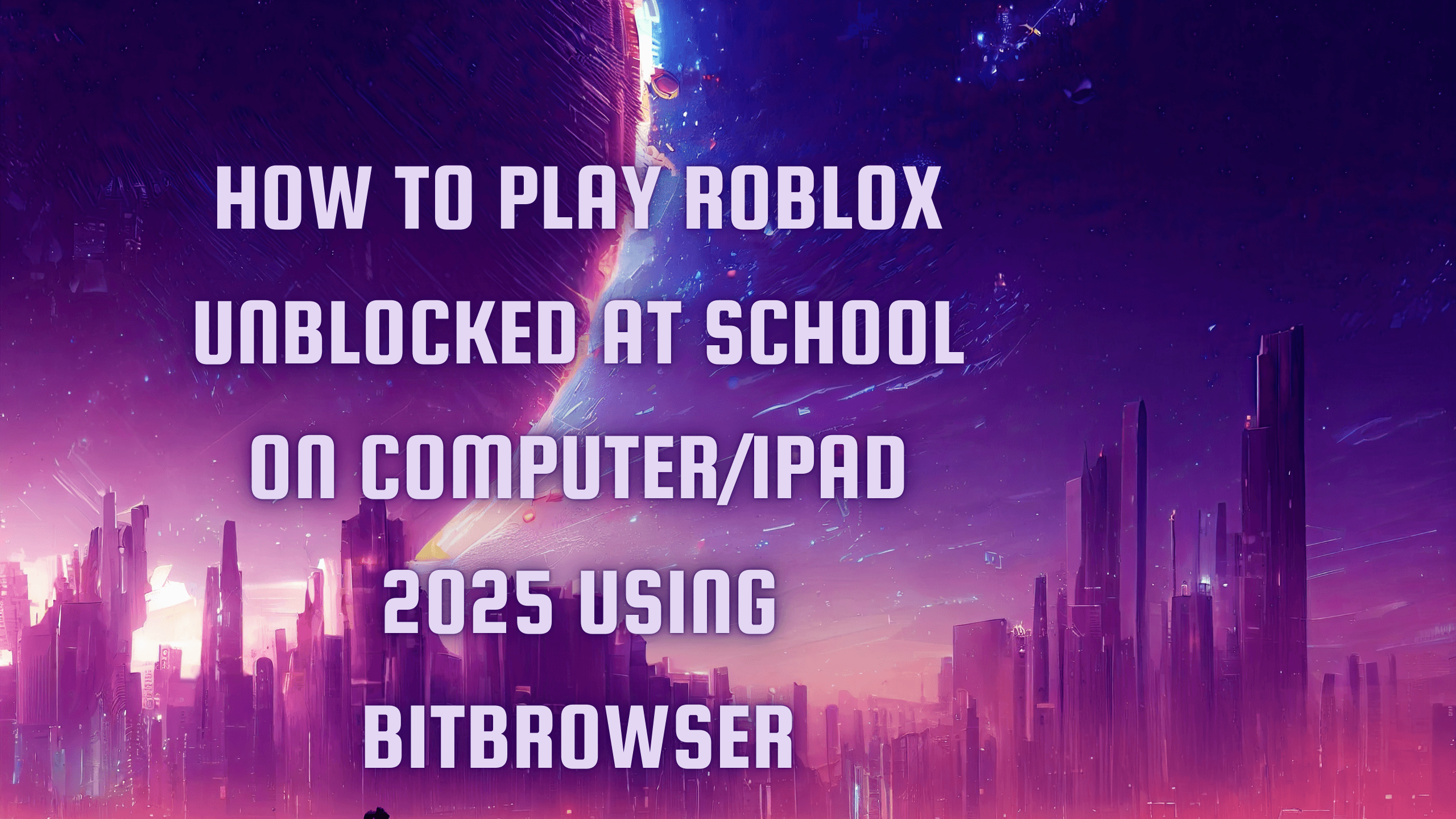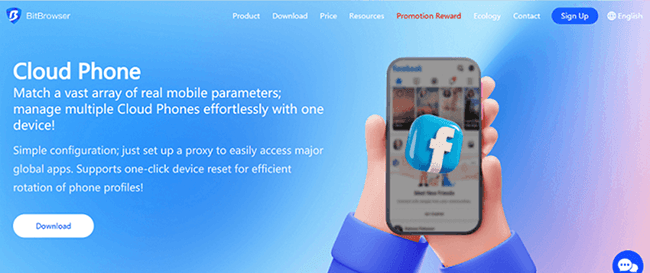
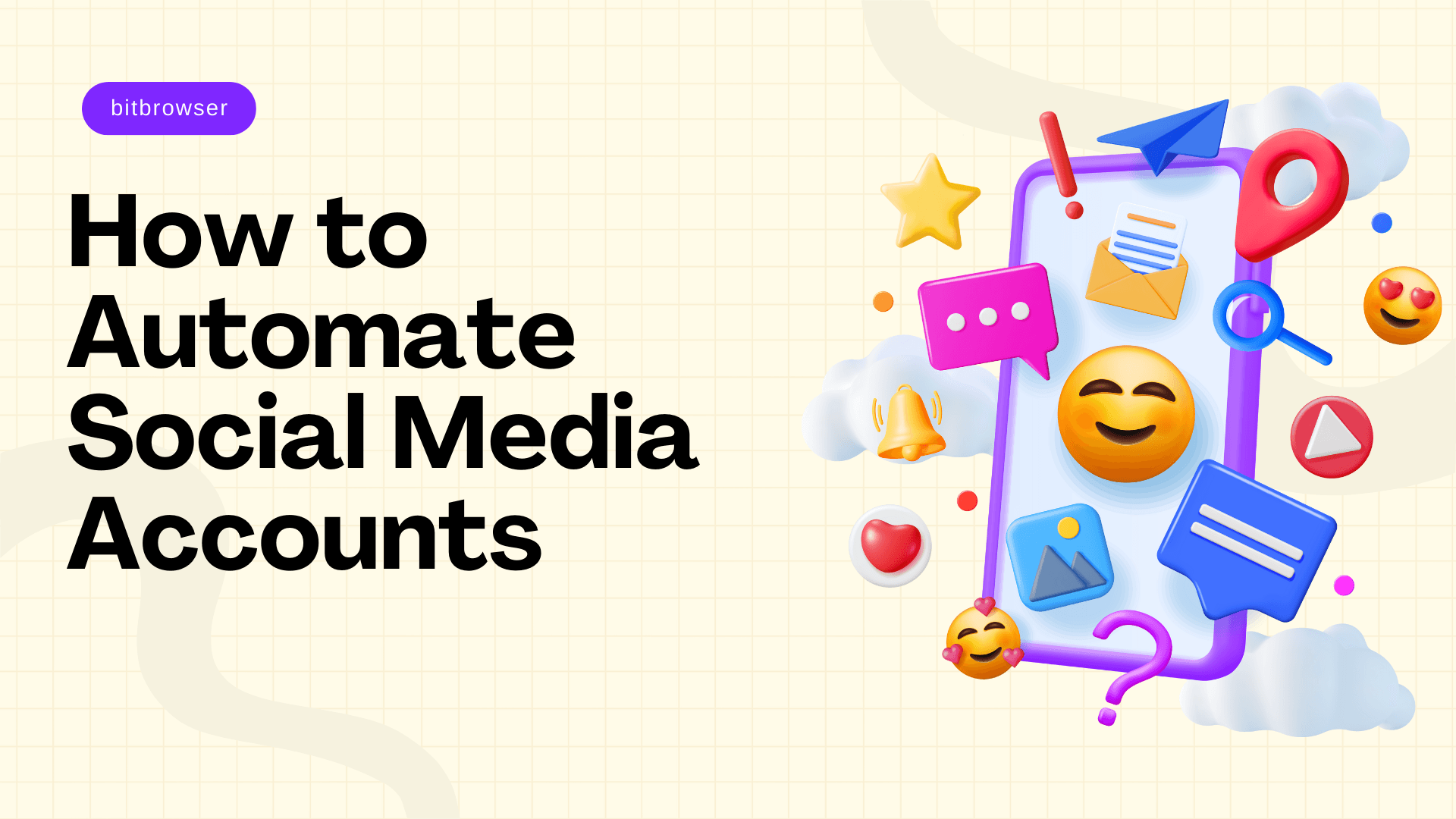
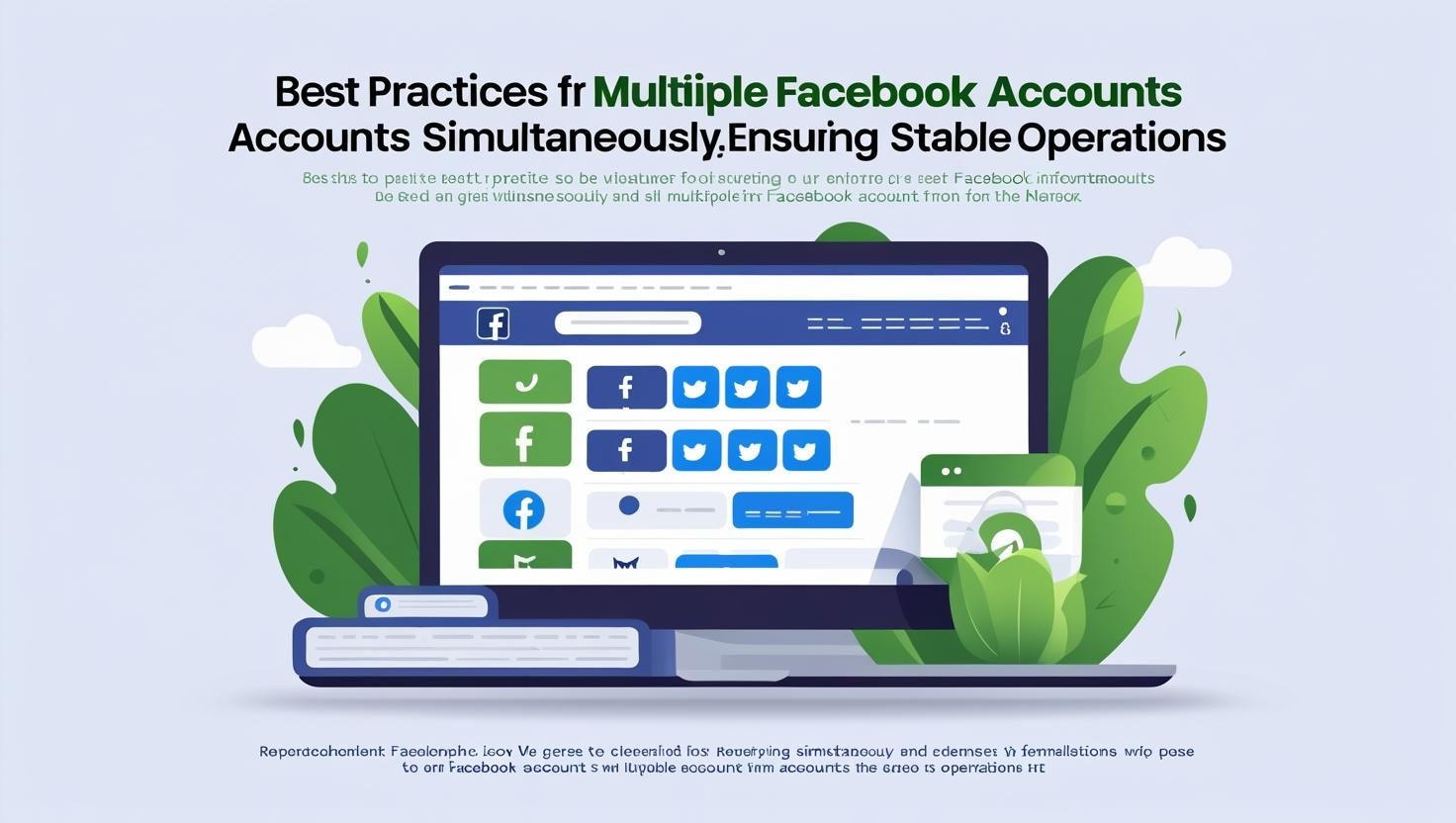
How to Recover a Disabled Facebook Account in 2025: Complete Guide to Appeals and Prevention
 2025.08.08 20:30
2025.08.08 20:30Getting locked out of your Facebook account can feel like losing your entire digital life overnight — years of photos, conversations, and business access all suddenly gone. Usually, there’s no clear explanation or warning, and Facebook support often seems unreachable. Many accounts get disabled due to vague “community standards” or “account integrity” violations, sometimes triggered by hacking or false flags.
But don’t lose hope — recovery is still possible. This guide breaks down the types of Facebook account disables, the appeal process, and what to do if normal recovery methods fail. No fluff, just straightforward advice to help you regain access.
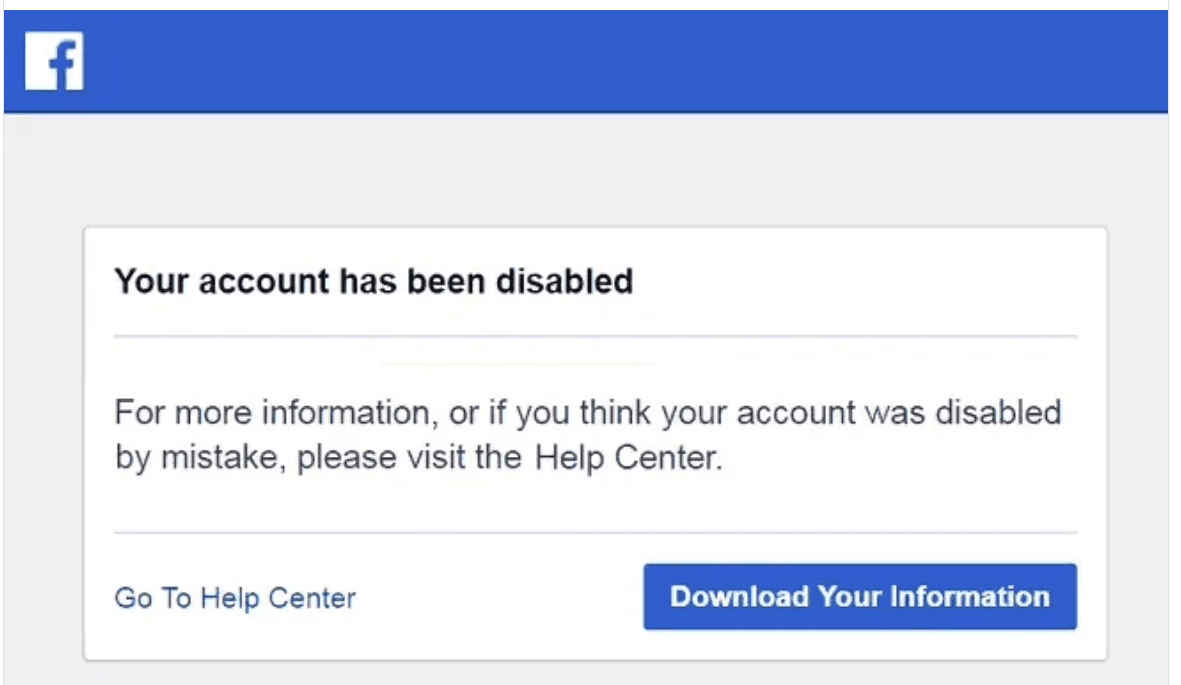
Types of Facebook Account Disables
Facebook rarely shares exact reasons when disabling accounts, but the most common causes include:
1. Lockout from Suspicious Activity
Triggered when Facebook detects unusual login behavior, such as signing in from a new device, country, or browser. Facebook may request:
- Password reset
- Selfie video verification
- Government ID verification
Even after verification, the account can still be disabled.
2. Community Standards Violations
This vague category often includes:
- Posts flagged by Facebook’s automated systems
- Using a name that doesn’t match government ID
- Sending rapid friend requests or group activity
- Suspicious activity on linked Instagram accounts
Facebook usually doesn’t specify the exact violated rule.
3. Hacked or Compromised Accounts
If someone hacks your account and breaks Facebook’s rules, Facebook may disable it preemptively. Always report your account as hacked first to change how your case is handled.
4. Identity or Account Integrity Issues
This includes:
- Using nicknames instead of real names
- Creating multiple personal accounts
- Rapid profile changes or logins from unfamiliar locations
These are mostly automated flags to prevent abuse.
Facebook Disabled Account Appeal Process
1. Appealing a Suspension Prompt
If you see an appeal option on login, act fast — you typically have up to 180 days to appeal before the disable becomes permanent. Submit your appeal with clear and honest information.
Visit Facebook’s official appeal page for detailed steps.
2. Using Meta Verified for Support
Meta Verified users get live chat support access, which can speed up recovery:
- Switch your Instagram to a professional account
- Match your profile photo and name with your government ID
- Add a bio and enable two-factor authentication
- Apply for Meta Verified and submit a support ticket under “Account Access” or “Something Else”
If you don’t get a response in 4–5 days, close and reopen the ticket with minor tweaks.
3. Email Facebook Support Directly
Try emailing disabled@support.facebook.com with:
- Your full name
- Email or phone linked to the account
- Copy of government-issued ID
- Brief explanation of your issue
Success rates vary, but it’s worth trying.
How BitBrowser Can Help with Facebook Account Recovery and Management
BitBrowser is an advanced multi-account management and browser platform designed to help users handle multiple social media profiles — including Facebook — safely and efficiently. Here’s how BitBrowser supports Facebook account recovery and ongoing account health:
- Isolated Browsing Environments: BitBrowser creates separate browser profiles for each Facebook account, reducing the risk of cross-account contamination that can trigger Facebook’s security flags.
- IP and Location Management: It allows you to assign different proxy IPs and geographic locations to each profile, mimicking natural login behavior and helping avoid suspicious login triggers.
- Secure Device Fingerprint: BitBrowser manages device fingerprints uniquely for each profile, making it harder for Facebook to detect multiple accounts running on the same device.
- Session Management: You can save and restore login sessions to avoid frequent re-logins, which are often flagged as suspicious activity by Facebook.
- Support for Meta Verified Accounts: Users employing Meta Verified support can combine it with BitBrowser to maintain smooth, secure access to their accounts while managing appeals and communications efficiently.
Using BitBrowser can significantly reduce the chances of being locked out due to suspicious activity, making it an essential tool for anyone handling multiple Facebook accounts or who has experienced frequent account disables.
Tips for Recovering or Starting Fresh
- Set Up a New Account: If appeals fail, create a new account using a new email, phone number, device, and network. Delay linking Instagram or running ads.
- Use Meta Verified on Your New Account: Verify the new account to access support. Keep old profile URLs and evidence of suspicious activity ready.
- Download Your Facebook Data: If you regain temporary access, download your data immediately. This includes profile info and some content but may exclude certain posts or photos.
How to Prevent Your Account from Being Disabled Again
- Use your real name exactly as on your ID
- Enable two-factor authentication
- Avoid rapid switching between devices or locations
- Don’t link Instagram accounts that may be flagged
- Don’t run multiple accounts or aliases from the same IP/device
Final Thoughts
Facebook’s account review system can be confusing and frustrating. Many users lose access without clear reasons, and human support is tough to reach. However, recovery is possible — especially with Meta Verified support and smart tools like BitBrowser.
If all else fails, a fresh start with a clean account might be your best bet. Remember, Facebook limits appeal time — don’t wait too long.
 petro
petro
 Multi-Account Management
Multi-Account Management Prevent Account Association
Prevent Account Association Multi-Employee Management
Multi-Employee Management

